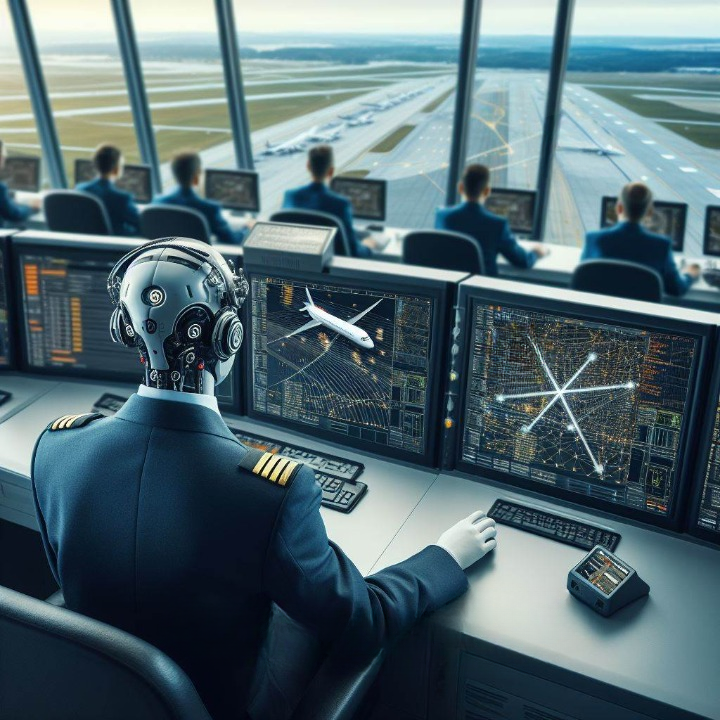
In the dynamic world of air traffic control, where safety is paramount, the vision of fully autonomous aircraft guided by an autonomous air traffic control system remains a futuristic concept. While technological advancements continually automate elements of the air traffic control system, the indispensable role of human controllers remains evident in ensuring the highest levels of safety and adaptability.
Air traffic controllers, entrusted with preventing collisions and ensuring the safe, orderly, and efficient flow of air traffic, play varied roles in the aviation ecosystem. Tower controllers manage take-offs and landings, employing visual and radio communication, while approach and en route controllers utilize displays and radio communication to manage traffic at higher altitudes and speeds.
The integration of new technologies, such as the FAA's NextGen initiative, enhances controllers' capabilities by providing accurate and comprehensive information. Radar tracking, automatic position reports, weather data, and flight histories contribute to a more informed decision-making process. These technologies assist controllers in detecting potential conflicts, sequencing aircraft, and maintaining smooth traffic flows.
Addressing concerns about fatigue and information overload, technology aids in alerting controllers to potential issues and suggesting optimal traffic sequencing. Machine learning is employed to analyze and predict air traffic flow and controller behavior, offering valuable insights for improved operations.
However, the introduction of new technologies and aircraft types also poses challenges. The emergence of uncrewed aircraft, especially those aiming to operate in controlled airspace, requires adjustments to existing regulations and procedures. While some companies plan regular interactions with air traffic controllers for their automated aircraft, others explore innovative business models like advanced air mobility with electric air taxis.
Despite technological advancements, the adaptability, judgment, and teamwork displayed by human controllers during unexpected situations remain unparalleled. The ability to handle emergencies, prioritize medical flights, or navigate unique scenarios underscores the irreplaceable role of human controllers in ensuring safety.
The limitations of AI become evident when faced with the unexpected or the need for adaptive judgment. Air traffic control's unparalleled safety record is attributed to a combination of adherence to procedures and the ability to exercise judgment in unforeseen circumstances—qualities currently beyond the capabilities of AI.
While AI holds promise in analyzing historical air traffic data for efficiency improvements, the unique responsibilities of air traffic controllers, including real-time communication and teamwork, reinforce the enduring need for human involvement. The synergy between technological advancements and human expertise is crucial in maintaining the unparalleled safety standards of air traffic control.
The trajectory of air traffic control is shaped by a harmonious integration of technology and human capabilities. As advancements continue, the industry must strike a balance, leveraging AI for analytical insights while preserving the critical role of human controllers in ensuring the safety and adaptability of air traffic operations.